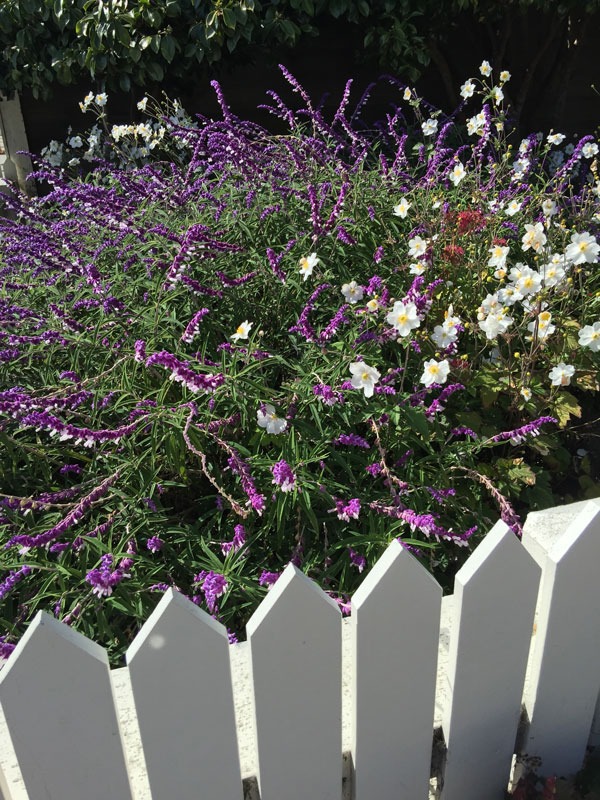(Roman Red Sage) This handsome, long blooming hybrid sage features a dramatic combination of scarlet flowers and deep rust-to-merlot calyxes. Deadheading spent blossoms prolongs bloom time.
Compact and heavily branched, Salvia darcyi x splendens is smaller and has a more rounded, tidy form than most of its Scarlet Sage relatives in our catalog. It’s a good fit for tucking into container plantings, along pathways, and at the front of flowerbed borders whether in full sun or partial shade.
When considering a new hybrid, it’s difficult not to get caught up in questions of which side of its lineage it most resembles. For example, similar to its native Mexican parent Galeana Sage (S. darcyi), Roman Red has triangular, mid-green leaves. In contrast, its native Brazilian parent Scarlet Sage (S. splendens) has blue-green, oval foliage. Also, the flowers of Roman Red are larger than those of S. darcyi.
One characteristic yet to be defined concerns the relative cold hardiness of Roman Red, which is something we haven’t yet had a chance to test. However, given the hardiness of S. darcyi — native to an altitude of 9,000 feet in the eastern mountains of the Sierra Madre Occidental —it’s possible that Roman Red may handle lower temperatures than S. splendens.
This Sage will attract bees, butterflies, and hummingbirds. In fact, hummingbirds love it!

